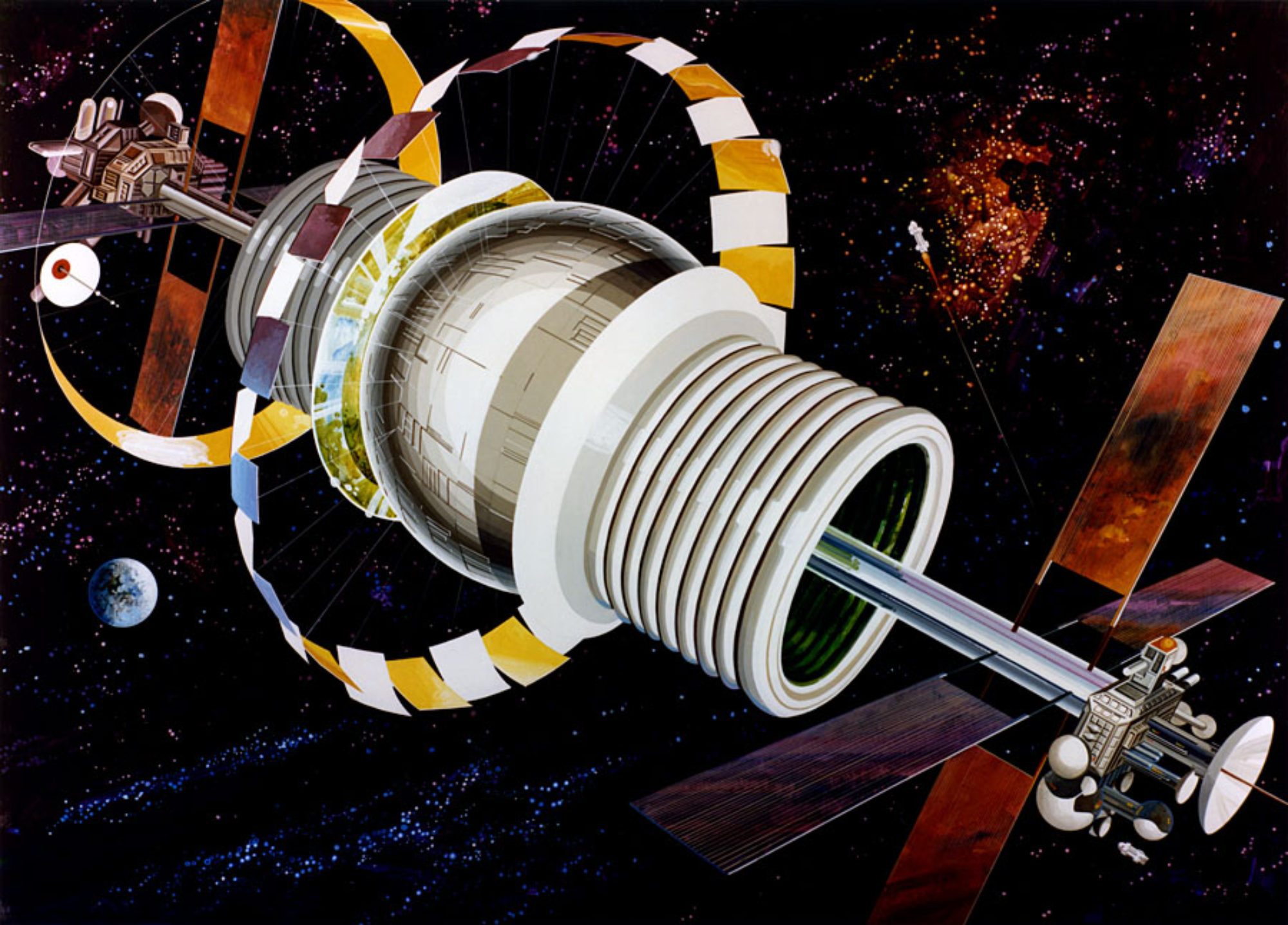
When humanity returns to the Moon and begins to build infrastructure for permanent settlements, propulsive landings will present considerable risk because rocket plumes can accelerate lunar dust particles in the bare regolith to high velocities which could result in considerable damage to nearby structures. Obviously, nothing can be done about the first spacecraft that will return to the moon later this decade unless they use their own rocket plume to create a landing pad like the concept proposed in a NIAC Grant by Masten Space Systems (now part of Astrobotic).

Therefore, before significant operations can begin on the Moon that require lots of rockets, a high priority will be construction of landing pads to prevent sandblasting by rocket plume ejecta of planned structures such as habitats, science experiments and other equipment. Several methods are currently being studied. Some require high energy consumption. Others could take a long time to implement. Still others are technologically immature. Which technique makes the most economic sense? Phil Metzger and Greg Autry examine options for the best approach to this urgent need in a November 2022 paper in New Space.
A lunar landing pad should have an inner and outer zone. The inner zone will have to withstand the intense heat of a rocket plume during decent and ascent. The outer zone can be less robust as the expanding gases will cool rapidly and decrease in pressure but will still be expanding rapidly, so erosion will have to be mitigated over a wider area.

Several processes of fabricating landing pads were examined by the authors. Sintering of regolith is one such technique, where dust grains are heated and fused by a variety of methods including microwave heating or focused solar energy. SSP has reported on the latter previously, but in this study it was noted that that technology needs further development work. Fabricating pavers by baking in ovens in situ was also examined in a addition to infusion of a polymer into the regolith to promote particle adhesion.
An economic model was developed to support construction of landing pads for NASA’s Artemis Program based on experimental data and the physics for predicting critical features of construction methods. Factors such as the equipment energy consumption, the mass of microwave generators compared to the power output needed to sinter the soil to specified thickness, and the mass of polymer needed to infuse the regolith to fabricate the pads were included in the model. Other factors were considered including the costs associated with program delays, hardware development, transportation of equipment to the lunar surface, and reliability.
When varying these parameters and comparing different combinations of manufacturing techniques, the trade study optimized the mass of construction equipment to balance the costs of transportation with program delays. The authors found that from a cost perspective, microwave sintering makes the most sense for both the inner and outer regions of the landing pad, at least initially. When transportation costs come down to below a threshold of $110K/kg then a hybrid combination of microwave sintering in the inner zone and polymer infusion of regolith in the outer zone makes the most sense.
Once astronauts land safely and begin EVAs on the lunar surface, they can keep from tracking dust into their habitat by taking an electron beam shower.
Other lunar dust problems and their risks can be mitigated with solutions covered previously on SSP.


